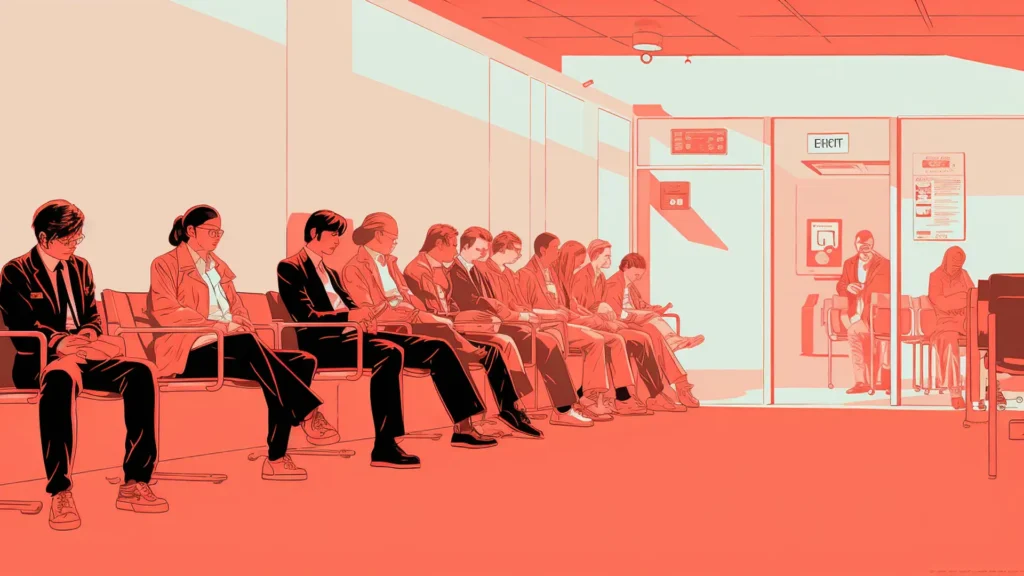Key Takeaways
- Exercising leadership often comes with asterisks, caveats, and “no, not like that” messages for women.
- Biases, both unconscious and conscious, can have a big impact on women's careers and show up subtly. This is especially true for women of colour.
- Losing talented women in leadership positions is a significant setback for any organization, resulting in a lack of ability to grow and thrive.
- Hiring managers have an essential role to play in mitigating the leadership biases that women face.
- Hiring policies and practices should be audited to identify decision points and parameters where unconscious biases may lead to gender-based assumptions.
For centuries, we have researched, debated, defined, and redefined what leadership entails. There is no shortage of material on what makes a good leader. In fact, if you search through your favourite online bookstore, you'll have over 60,000 options to choose from. It has been and continues to be a hot topic. While we can introduce and re-introduce frameworks and definitions of leadership, there is one aspect that is consistent throughout—exercising leadership often comes with asterisks, caveats, and “no, not like that” messages for women.
Despite progress made in promoting gender equity in the workplace, women continue to experience mixed messages. These inconsistencies can be perpetuated by both conscious and unconscious biases, resulting in negative outcomes for women in leadership. This blog post explores how these biases can perpetuate harmful double standards and provides key takeaways for hiring managers who can intervene.
How gender leadership bias perpetuates

Leadership qualities such as assertiveness, confidence, and decisiveness are often associated with and welcomed from male leaders. On the other hand, women in leadership are expected to be nurturing, collaborative, and empathetic. When women deviate from what is expected from their leadership style, their behaviors, confidence, and decisiveness become less welcomed. While all of these qualities are valuable—assertiveness and nurturance, confidence and collaboration, decisiveness and empathy—women can oftentimes find themselves caught in the paradox of mixed messages when they exhibit leadership behaviors across this range.
These double standards can be perpetuated in a variety of ways for women in the workplace, from unconscious biases to acts of gender discrimination. Unconscious biases can lead to gender-based assumptions about leadership styles and abilities. Additionally, conscious acts of gender discrimination, such as a preference for male candidates for leadership positions, can have a significant impact on women's careers.
These implicit biases can also manifest in the workplace in subtle ways. Women may be excluded from important meetings or decision-making processes, or their contributions may be undervalued or dismissed. These actions can reinforce the message that women are not seen as equal to their male counterparts in leadership positions.
The challenge is even more pronounced for women of colour, particularly Black women. In 2013, Dr. Kecia Thomas, a former professor at the University of Georgia, coined the term “Pet to Threat” to describe the phenomenon that occurs as Black women move up the ranks of leadership in organisations. While they are initially supported and mentored at the start of their leadership journeys, typically by managers who are white and male, as they progress and gain the requisite authority to lead, that support transforms into resentment and distrust.
External toll on organisations

The internal toll on women is enough by itself to warrant intervention to eliminate these biases. However, it's important to note that there is also an external toll that can affect organizations as a whole.
When women feel that they are undervalued, are not being taken seriously, or are not given the same opportunities as men, they may decide to leave their jobs, as we've witnessed with the Great Breakup. Losing talented women in leadership positions is a significant setback for any organisation. By losing women due to turnover, organisations miss out on valuable insights and perspectives.
Even if women elect to stay and continue navigating through unclear expectations, organizations lose the full breadth of their potential due to the added mental load they need to carry when navigating spaces not conducive to their success.
Ultimately, a lack of diversity in authentic leadership can result in a narrow range of ideas and solutions, which can harm an organization's ability to grow and thrive.
What hiring managers can do about it

Hiring managers have an essential role to play in creating a more equitable workplace and mitigating the leadership biases that women experience. If you're not sure where to start, try implementing the following three steps:
- Audit your hiring policies and practices and identify decision points where unconscious biases can thrive and may lead to gender-based assumptions.
- Be relentless in the pursuit of equity and inclusivity. Create environments where women are encouraged to apply for leadership positions and, when in those positions, are given space to lead authentically.
- Foster a culture of open communication. Create opportunities for women to share their experiences and insight with the organization on how to improve the workplace so they can harness their full capacity.
Disparate leadership expectations can have a significant impact on organisations and, more so, on the women navigating those expectations. Ultimately, a more equitable workplace benefits everyone, and hiring managers play a critical role in creating that environment. The call to action now is to understand just how embedded and pervasive those inequities are. By examining gender bias in our interpretations of leadership, we expose ways women have been inhibited and how their ascent to top roles has been mired with trap doors and unspoken loopholes from which they receive no benefit.
Latest.

Never ask a barber if you need a haircut.
Thought Leadership

In an AI-driven world, humans are still irreplaceable.
Thought Leadership, Industry Trends

Maximising your team performance with competitive salaries.
Job Seeker, Industry Trends



